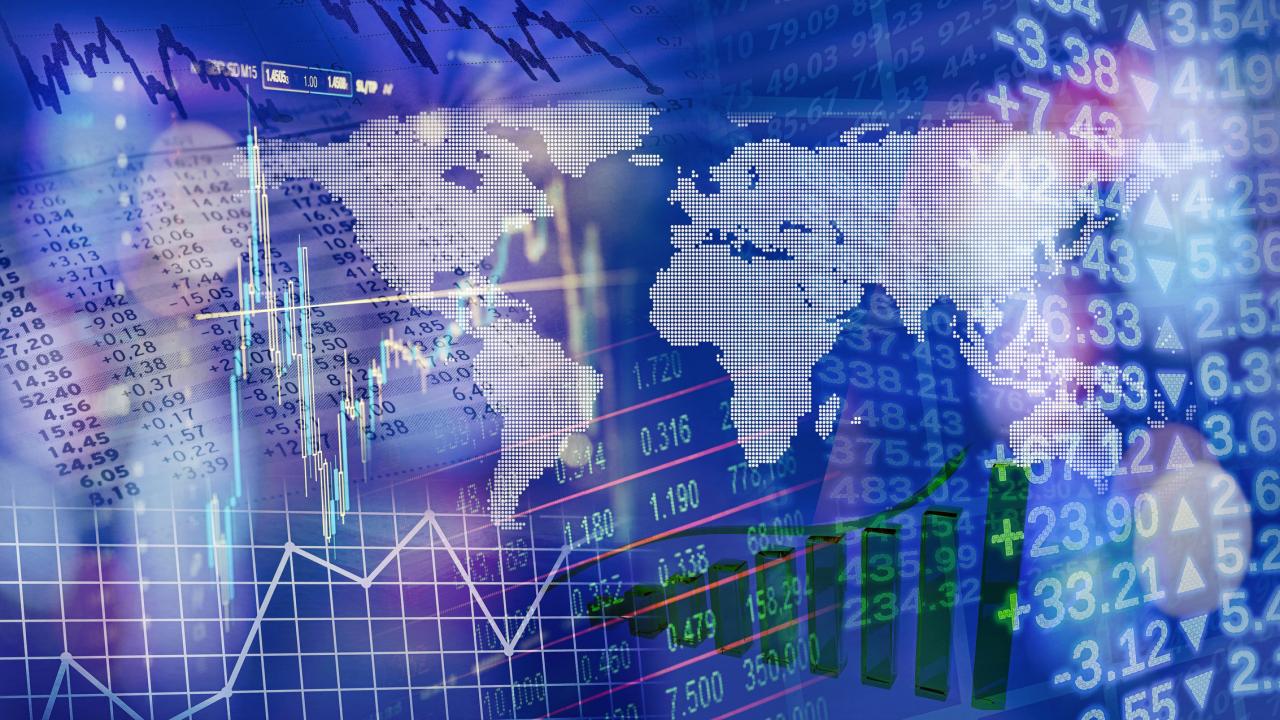Editor’s Note: This is an updated version of an earlier blog, with a UC Davis expert explaining that the most recent GameStop, AMC and Nokia stock price surge episodes are part of a broader pattern of trading in Robinhood users.
By Michelle Villagomez, UC Davis Media Relations Intern
Zero-fee brokerage Robinhood is named after the legendary outlaw who stole from the rich to give to the poor. However, a new study indicates the exact opposite is happening, with sophisticated traders exploiting Robinhood’s “naive” investors, as reported recently in various media. Further, recent GameStop, AMC and Nokia stock price surge episodes are part of a broader pattern of trading in Robinhood users, said Brad Barber, a behavioral finance expert and professor at University of California, Davis, Graduate School of Management. In fact, the stocks with the biggest increase in Robinhood users each day go on to underperform the market, Barber said.
He is the co-author of a report, “Attention Induced Trading and Returns: Evidence from Robinhood Users.” He said in a recent media report that half of Robinhood users are first-time investors. And they tend to be drawn to “attention-grabbing” stocks in the news.

As a result, herding takes place, the authors say in their working paper, with Robinhood investors flocking into the same stocks at the same time. This gets noticed by short-sellers, who then bet against these same stocks.
Betting against Robinhood users is a profitable business; the top stocks bought by Robinhood users fall by five percent over the next month while the most extreme herding events see reversals of nine percent.
Free trading, it seems, can be a costly business, says an Irish Times columnist who wrote about the paper.
What about the GameStop, AMC and Nokia frenzied stock surges?
The scholars analyze counts of Robinhood users holding each stock on its platform using data from May 2018 to August 2020, when Robinhood stopped sharing this granular data.
The research shows that the recent GameStop, AMC and Nokia stock price surge episodes are part of a broader pattern of trading in Robinhood users. For example, the stocks with the biggest increase in Robinhood users each day go on to underperform the market by about 5 percent over the next month.
Interestingly, the observed negative return is roughly twice as large in the pandemic period for which the researchers have data (March to August 2020), a period that also saw a spike in retail trading. “This all suggests the footprints of Robinhood traders could be seen in returns long before the GameStop episode,” Barber said.
The scholars also analyze the aggregate returns of the Robinhood community by accounting for the prices at which Robinhood investors buy during these episodes — including those who buy before the price spikes. They found that, in aggregate, the Robinhood community loses about 5 percent relative to the market in each of these herding episodes and would have been better off had they just invested in an S&P 500 index fund.
More about the paper
The study is available at the Social Science Research Network. The authors are Barber, Xing Huang, and assistant professor of finance at the Olin Business School of Washington University in St. Louis, Terrance Odean, professor of finance at UC Berkeley’s Haas School of Business, and Christopher Schwarz, associate professor of finance at UC Irvine’s Merage School of Business.
In this paper, researchers found that Robinhood users are more subject to attention biases and more likely to chase stocks with extreme performance and volume than other retail investors. “We systematically identify the Robinhood herding episodes and document that these episodes are followed by abnormal negative returns,” the authors wrote in the paper. “We show that Robinhood herding is influenced by information that is prominently displayed on the Robinhood app. And we show that Robinhood herding can be forecasted by attention measures, such as lagged absolute returns and lagged abnormal volume, previously shown to affect the buy-sell imbalances of retail investors.”
“As we show, simply focusing the attention of many investors on a small number of stocks can promote herding behavior that affects market returns and redounds to the investors’ detriment,” the authors conclude in their paper. “Thus, while it is important that investors have access to transparent, pertinent information, disclosure alone is not sufficient to assure good investor outcomes; how information is displayed influences decisions in ways that can both help and hurt investors.”
Part of this story is excerpted from an Irish Times story by Proinsias O'Mahony
